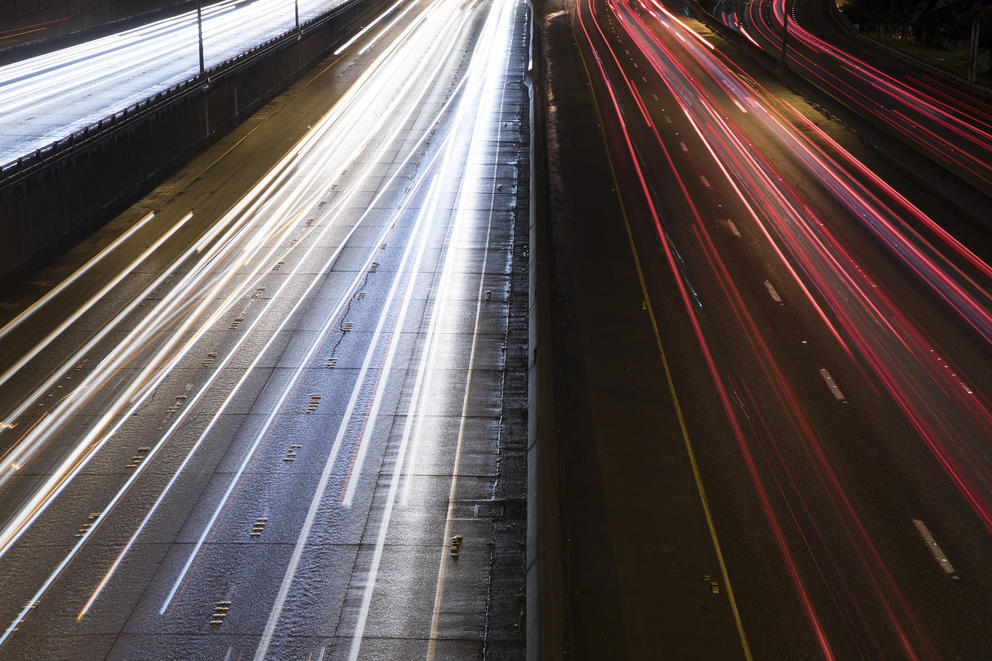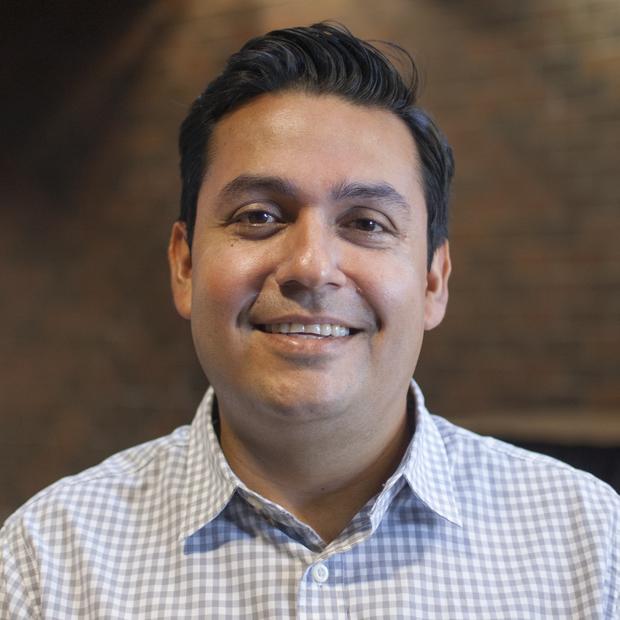This scene of cars at a standstill runs counter to the general approach of the decade-old franchise, which has built a huge audience by glorifying street racing and fetishizing “muscle” cars and trucks. It’s not surprising that people are allured by the fantasy of souped-up vehicles zooming around on open streets. And it’s more than movie audiences that are drawn to this spectacle, though for different reasons. Recently, lawmakers in Tacoma and Fife have trained their sights on street racing after instances where these races have turned violent. Puyallup and Gig Harbor have also sought to curtail it.
It makes sense that lawmakers are trying to rein in fast and aggressive driving. But rewatching The Fate of the Furious last week, I couldn’t help but notice that the scene in New York City points to another reality, one less about dangerous driving in fancy cars and more about the ways ordinary vehicles threaten to stop us all in our tracks.
Traffic congestion is a problem far beyond personal annoyance. Cars idling in traffic are still consuming fuel and emitting carbon dioxide. The delays they cause impact school, work, doctor’s appointments and productivity. Congestion results in incidents of road rage, distracted driving and collisions. Blocked roads impede emergency vehicles and increase response times. Congested main roads and highways cause traffic to spill-over into roads and streets not designed to carry high traffic loads. And, in general, congestion means more people spend more time in cars, often in isolation, which has a negative impact on the social fabric of communities.
Both street racing and traffic congestion are symptoms of our society’s larger obsession with cars. If we want to do something meaningful about both problems, then we have to start at their shared root — a culture that sees the car as the only true form of mobility and freedom, and as the best and preferred way of getting there or getting away. And we reinforce this culture by creating a built environment that centers cars.
The Fast and the Furious franchise is one example in a long history of 20th century popular culture of how we’ve imbued cars with symbolism in American society. Whatever we may think a fast car on a fast road symbolizes, it’s lost in the way cars have come to impact our daily life. Cars don’t really offer us inhibited freedom anymore (if they ever did). But this symbolism has helped to fuel an obsession with cars, and our attachment to these machines on wheels has exacted a steep cost.
Traffic congestion, as the scene above shows, is just one of the consequences of our car lust. It’s not muscle cars or hot rods that prove instrumental to the hacker’s plan. Rather, it’s sedans, minivans, SUVs and electric and hybrid vehicles. In the scene, as in everyday life, these mundane vehicles are everywhere: driving along slowly, idling near building entrances, parked in metered spots and car parks, causing all sorts of miseries and frustrations. It’s a scene that plays out daily in our cities.
Economists have a concept that is useful in helping us understand how we got here, and what we can do about it. “Induced demand” describes that funny thing that happens when, to alleviate traffic congestion, municipalities add lanes to highways, only to find that the volume of traffic simply grows to fill them. It’s similar to how gas expands in an empty space. In other words, when we increase the supply of roads, we induce demand for cars.
But we induce demand in other ways, too.
Consider how we build and grow our cities. In essence, we set up cities so that they cater to people in cars and not, well, people as people. I see this happening in how we insist on free parking in city centers while voting down bond measures meant to increase the amount and quality of transit in our region; when we organize against dense development along corridors served by quality transit; and when we insist on building storage for cars in new developments (that is, parking minimums). All these create space in our cities and neighborhoods that cars are quick to fill. And then comes the congestion.
Street racing captures our collective attention because the cars are themselves loud and their drivers aggressive. But when we consider the ways in which the omnipresence of regular, everyday cars contribute to all manner of social ills, we have to acknowledge that street racing is not our biggest problem when it comes to cars. We all know they are expensive to buy and maintain. They are dangerous, killing in collisions about 40,000 Americans every year. And they are one of leading causes of the global climate crisis.
Let’s agree to hold street racers who threaten themselves and the public more responsible. But let’s not allow our elected leaders — or ourselves — to think that criminalizing one small subset of car use will save us from the myriad other, and arguably far more important, ways that cars undermine our quality of life. Instead, let’s demand that our leaders work with us and with planners and developers to systematically remake our relationship to cars. We’ll know we’ve succeeded when we see driving as one option among many, and probably not the best one.
Short of this, we face a reality much like the Russian minister’s in The Fate of Furious. We’ll be at a dead stop, in a fancy car, surrounded by other cars, and more cars, and cars beyond those cars, stopped cars as far as the eye can see.



